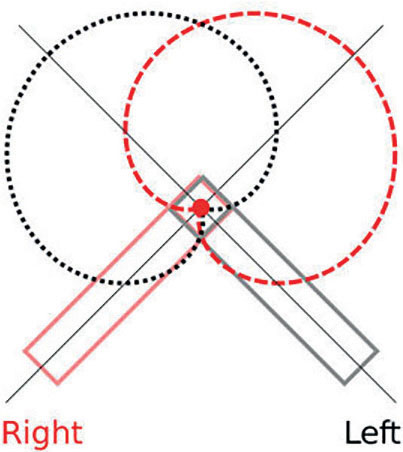
The problem with setting yourself the task of writing an article about recording percussion is that it covers such a broad spectrum of instruments. Recording a vibraphone is quite different to recording a triangle, and capturing timpani is very different to recording a shaker. However, there are some basic things to consider that can be extrapolated from various established recording techniques, which can then be applied in more specific ways to percussion.
Variety of Sounds
If you are a non-percussionist, it might surprise you to learn that most percussion can make contrasting sounds depending on how and where it is played. A drum played right in the centre sounds very different to one played nearer the rim, and a cowbell has multiple different tones depending on where it is struck. Therefore, this is also true of recording percussion, and a microphone aimed at a piece of percussion will sound very different depending on exactly where it is aimed.
If you have time (I know – no teacher has any time, but hear me out), set up a mic in front of a snare drum and simply change the angle at which the mic is positioned in relation to the centre of the drum. You will notice quite a significant change in tonal characteristic. This is partly related to the on and off axis positions that I discussed in last month's column about brass recording (MT December, page 47) but it's also to do with the sound of the drum at those particular points.
When recording, it is also important to consider what the percussionist is playing their instrument with. Tuned percussion played with soft beaters will be a lot quieter than when using hard beaters. If you play a glockenspiel with hard metal beaters, it's quite piercingly loud – so this change in sound could have an impact on mic choice and necessitate the need for a less sensitive microphone such as a dynamic mic rather than a condenser.
Multiple Mics
One of the issues around bigger percussion instruments, such as some tuned percussion or even a drumkit, is that they are big – and in the case of the marimba, I mean big! This has the effect that one microphone is often not enough to record the instrument fully without having it further away, which could potentially capture unwanted ambient noise.
Therefore, multiple mics are likely to be needed for a lot of percussion recording. Recording a drumkit is going to be a common task for GCSE performances, so capturing it well is beneficial. Again, if you have time to experiment, I strongly advise that you do so. Start with a single mic overhead and then add more mics – you'll see what a difference it can make to the quality of a recording.
For a drumkit or any large tuned percussion instrument, I would recommend a minimum of two microphones overhead. This is called a stereo pair and can capture the relative balance of the instrument from left to right. Using multiple mics can cause phase issues as the sound arrives at the microphones at different times, but this can quickly be solved by placing the ends of the mics close together at 90 degrees as shown in the picture. Although they are close together, because they are pointing in different directions, they capture a larger area and provide a more natural sound.
If you are recording a drumkit you might want to augment these two microphones with a microphone on the kick drum and possibly even one on the snare or between the hi-hat and snare. But with every mic you add, although you get a potentially better sound, you add the need for more equipment to set up and pack down. Further, it adds more microphones, which can potentially increase phase issues and pick-up spill from other instruments, or from other ambient noise.
Summary
Although recording percussion is a very broad topic, it follows the same basic principles as any other instrument family. Pick an appropriate combination of microphones in an appropriate space, and set them up to capture the best sound based on what your ears are telling you. If you ever need advice on the best way to record a particular instrument, do get in touch with me directly via the magazine, or share your dilemma on the letters page for other readers to respond to.

Two mics at 90 degrees, close together, is a coincident pair








